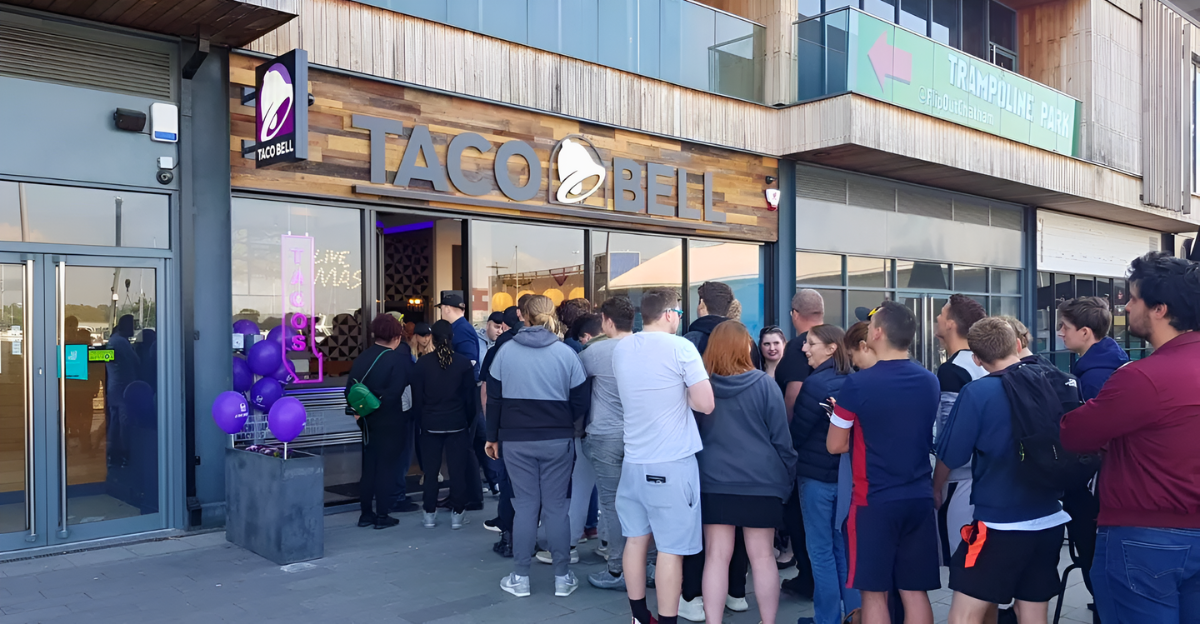
Young adults are flocking to Taco Bell’s colorful Refrescas, trading traditional sodas for vivid, caffeinated fruit drinks. Coca-Cola strategist Brian Jackson captures the trend: “Gen Z loves new flavors, really exciting, new, colorful, vibrant, flavors”. The National Coffee Association notes specialty coffee (often cold, sweet and Instagram-friendly) is up 18% since 2020, confirming America’s thirst for novelty.
Refrescas pack 0–200 mg of caffeine per cup, with the new energy versions at the high end – nearly four sodas’ worth. In other words, these drinks double as Instagramable statements for a flavor-hungry generation.
Pricing Power
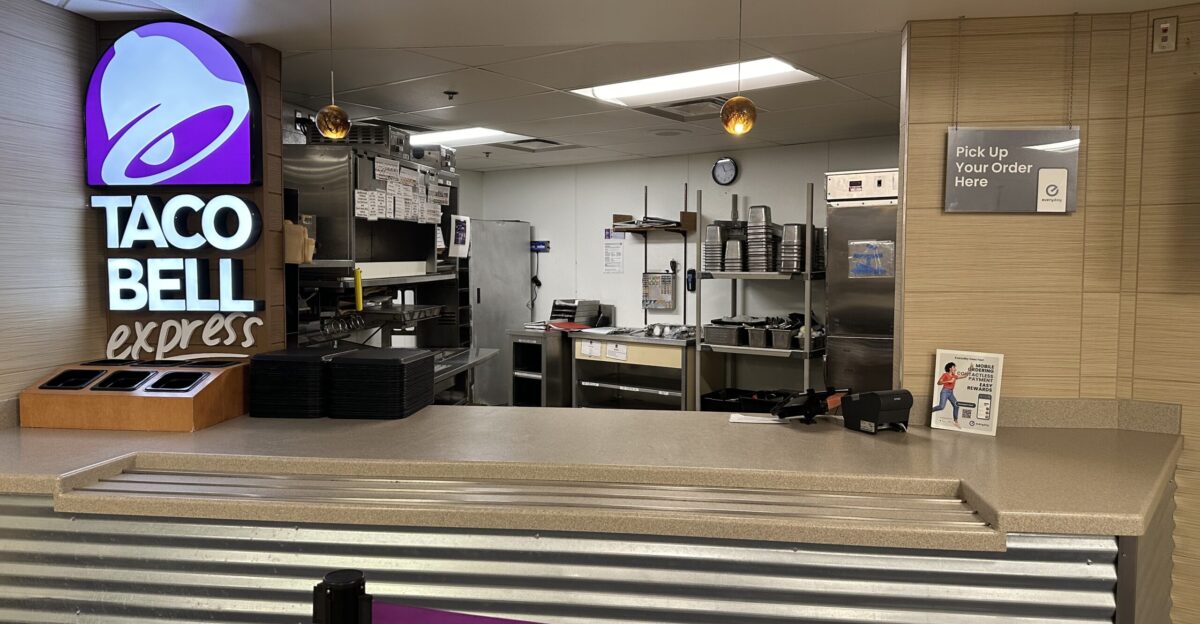
Despite costing $3.79–$4.49 (more than many combo meals), customers seem happy to splurge. Analysts note beverage gross margins in QSRs hover around 70–75% – a windfall compared to the razor-thin 3–5% net food margins. In one test, Live Más Café, Taco Bell reported selling ~300 specialty drinks per day, driving a ~40% sales bump.
These premium drinks aren’t just impulse buys: Taco Bell’s CFO David Gibbs observed that guest adoption of high-margin beverages can lift overall store sales dramatically.
Cultural Awakening
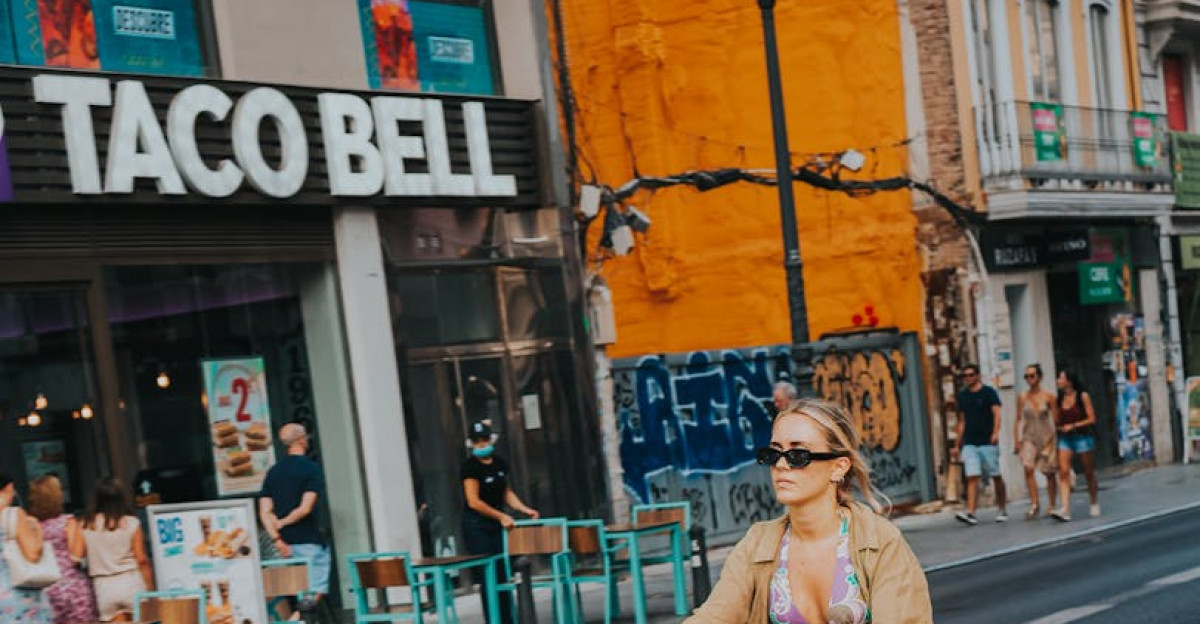
Agua frescas have ancient roots – literally “fresh waters” blending fruit and water since Aztec times – but Taco Bell is remixing tradition with modern flair. Their version adds green tea, vivid colors and real freeze-dried fruit to the mix. Critics see it as a collision of heritage and hype, dubbing it “Mexican tradition meets American excess.”
The permanent rollout of the three Agua Refrescas flavors (Strawberry Passionfruit, Dragonfruit Berry and Mango Peach) came after strong response in Southern California, where authenticity matters.
Energy Arms Race
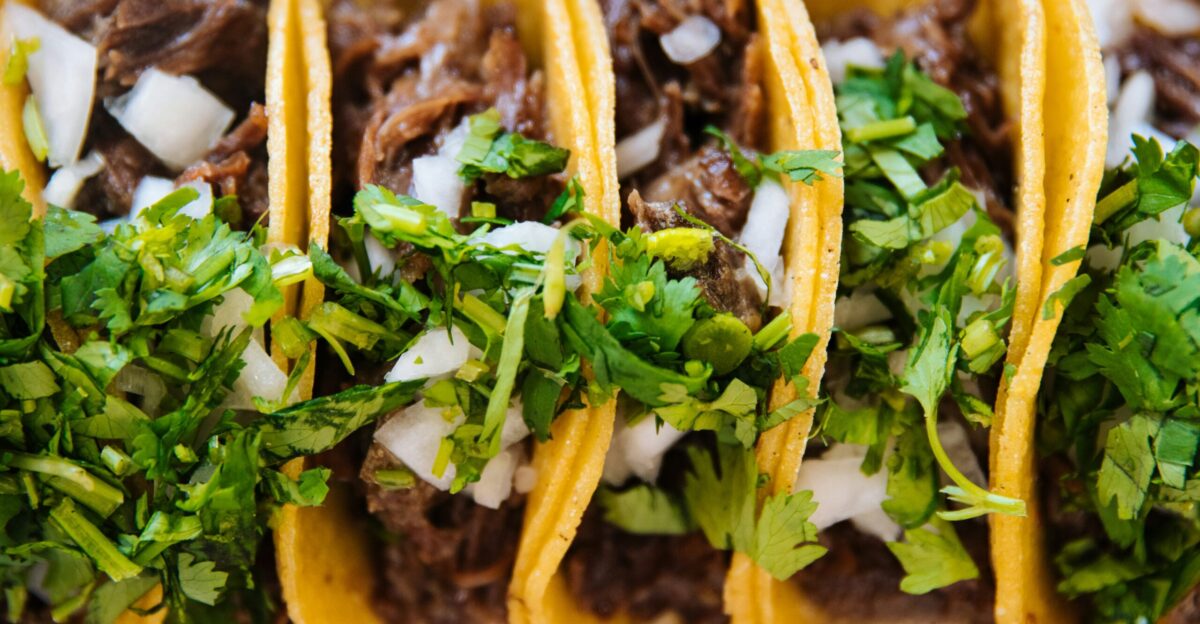
Quick-serve chains are upping the caffeine ante. Taco Bell’s Rockstar Energy Refrescas pack 200 mg of caffeine per serving – far above the 61 mg average daily intake for teens. UCLA Health experts warn that kids should limit caffeine to under 100 mg per day. Dr. Michael Garcia of UCLA points out, “Energy drinks can contain anywhere from the same amount of caffeine as one cup of coffee to the amount in three to four cups of coffee”.
These mega-caffeine drinks may sound dangerous for younger fans. Meanwhile, specialty coffee is booming: an NCA study shows non-espresso brews (cold brew, nitro, etc.) surged 42% in popularity, reflecting Americans’ appetite for bold, energy-boosting sips beyond plain black coffee.
Launch Details
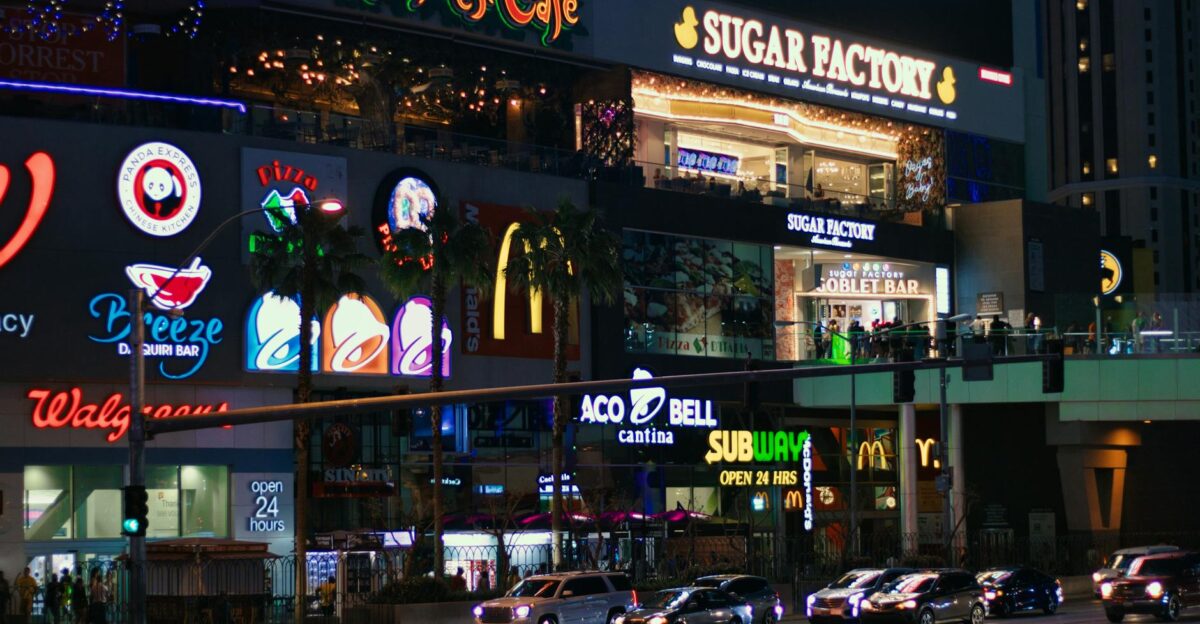
On June 26, 2025, Taco Bell went national with Refrescas – its first big drink launch since Baja Blast in 2004. The six-drink lineup includes three Agua Refrescas (the fruit-infused Mexican-style refreshers tested in SoCal) and two Rockstar Energy Refrescas, plus a frozen Strawberry Lime Refresca Freeze. Taco Bell executives are treating this as more than a limited-time stunt; it’s the opening salvo in a long-term play to hit $5 billion in beverage sales by 2030.
As one insider put it, the goal is to make Taco Bell’s drinks “as iconic as its food”. The company’s press release emphasizes bold flavor and variety, calling the rollout “just the next taste of the brand’s long-term beverage strategy”.
Consumer Reactions
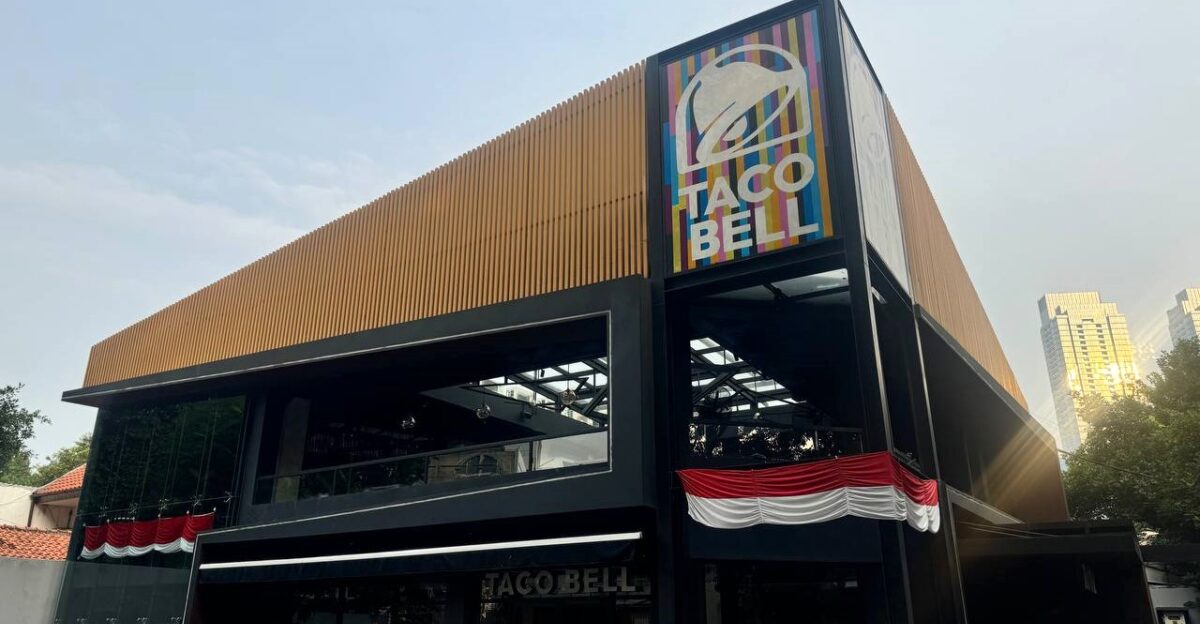
Early taste testers have mixed opinions, but are clearly intrigued. Delish’s review raved that the Strawberry Passionfruit refresca was “very juicy and fruity – the strawberry flavor was quite pronounced,” whereas Dragonfruit Berry was “much too sweet”. Among the Rockstar Refrescas, Tropical Punch earned praise as “sweet and refreshing,” though many noted a lingering “energy drink” aftertaste in the Pineapple Lime version.
Even the frozen Refresca Freeze fared well: one editor called the Strawberry Lime Freeze “surprisingly refreshing” – an icy twist beating the summer heat without relying on Baja Blast’s nostalgia.
Health Considerations
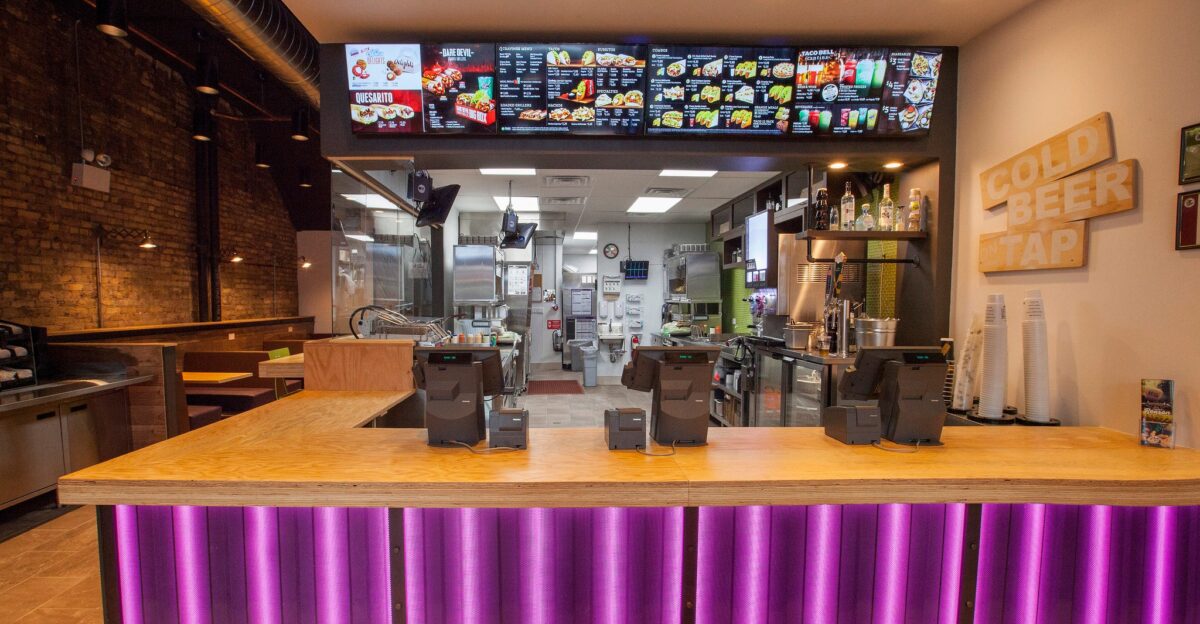
Nutrition experts urge caution on the high-octane options. The American Academy of Pediatrics recommends teens keep caffeine under 100 mg per day, and UCLA doctors warn that excessive intake can spike heart rate, cause jitters and insomnia, and lead to dependence and crashes.
That said, Taco Bell’s lower-caffeine Refrescas are relatively mild: the Agua Refrescas (Green Tea blends) have about 52 mg of caffeine each – roughly half a cup of brewed coffee. For caffeine-sensitive customers, these fruit drinks offer a gentler pick-me-up.
Strategic Expansion
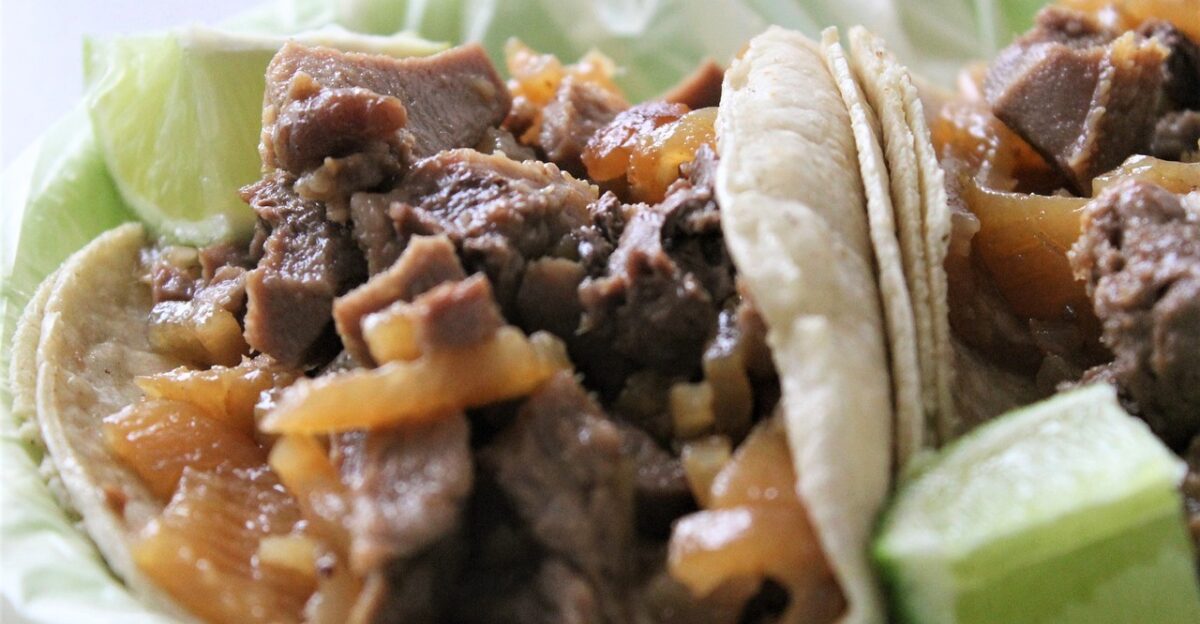
Taco Bell is betting big on these beverages. By fall 2025, the chain plans to add 30 specialized Live Más Café bars in Southern California and Texas. Each café is an Insta-ready showcase, staffed by trained “Bellristas” who handcraft over 30 signature drinks—from churro-flavored Frappes and specialty coffees to every Refresca and even a Dirty Baja Blast mocktail.
The concept has paid off: a single test location in Chula Vista saw a 40% sales lift and sold about 300 specialty drinks daily. With such early wins, Taco Bell is accelerating rollout, directly challenging concepts like McDonald’s defunct CosMc’s and meeting the growing demand for artisanal fast-food beverages.
Market Competition
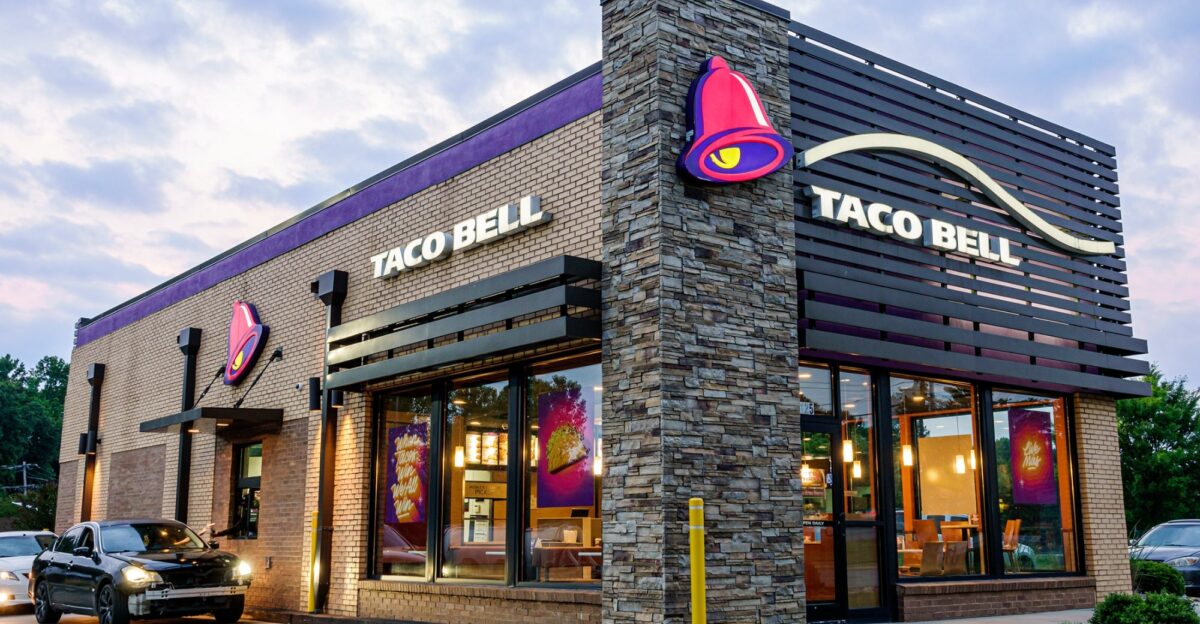
The Refrescas rollout kicks off a broader beverage arms race among fast-food chains. Chick-fil-A is experimenting with dragon-fruit lemonades and Wendy’s has added blueberry pomegranate and pineapple mango lemonades. Research confirms that Gen Z and millennials are adventurous sipsters: roughly 72% of Gen Z consumers (and a solid majority of young millennials) try a new drink each month, motivated by flavor novelty above all else.
In an industry where every “little treat” counts, these high-margin drinks (roughly 6–10% profit margin on beverages vs. 3–5% on main dishes) are now vital for growth.
Future Stakes

The stakes are huge. If Taco Bell hits its $5 billion beverage goal, its drink business alone would rival the entire systemwide sales of chains like KFC or Raising Cane’s. The company knows its core 18–34 demographic sees beverages as lifestyle statements. As Taco Bell’s innovation chief Liz Matthews acknowledges, “people, especially younger consumers, are reaching for refreshing drinks as part of their lifestyle”.
Beverage industry leaders echo this: Keurig Dr Pepper CEO Tim Cofer observes that Americans – “led by the younger consumer” – now demand more personalization and variety in their drinks.
